416 SS is a martensitic, free-machining chromium steel alloy. It has added sulfur which greatly increases its machinability. This makes it an extraordinary choice for manufacturing precision parts.
416 has less weldability as compared to other grades but it gives good strength and corrosion resistance, particularly after heat treatment.
Composition
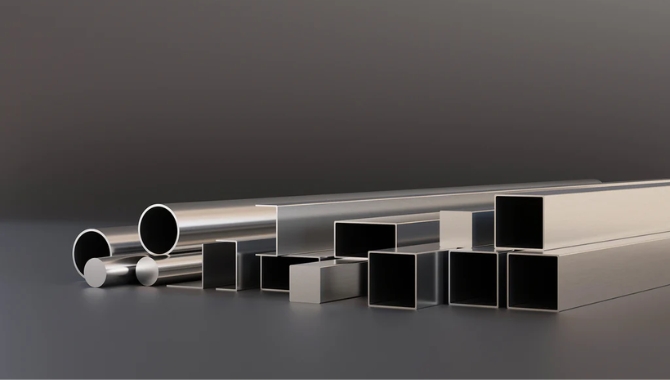
416 stainless steel has a remarkable composition with added chromium and other elements like nickel, molybdenum, manganese and others. These ingredients increase its certain qualities like formability, strength and corrosion resistance. Its detailed composition can be seen in this table.
| Element | Percentage Range | Notes |
|---|---|---|
| Chromium | 12.0 – 14.0% | Provides corrosion resistance |
| Manganese | 1.25% max | Promotes hot workability |
| Silicon | 1.00% max | Helps in deoxidation during melting |
| Nickel | 1.00% max (optional) | Can be added to improve properties |
| Molybdenum | 0.60% max (optional) | Can be added to increase corrosion resistance |
| Sulfur | 0.15 – 0.35% | Improves machinability |
| Carbon | 0.15% max | Increases hardness and strength |
| Phosphorus | 0.06% max | Residual from steelmaking |
| Iron | Balance | Base metal |
Key Properties of 416 Stainless Steel
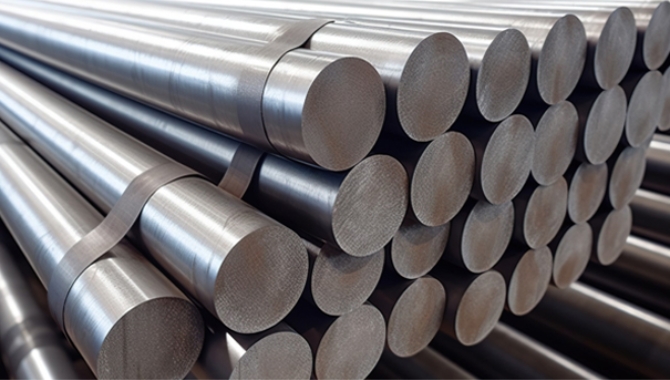
Now, let’s see some distinct characteristics that set 416 steel apart:
Machinability
416 steels’ extraordinary machinability sets it apart, with an 85% machinability rating in comparison to free-machining carbon steel. Thanks to its large sulfur content, this metal can be easily cut, drilled and fabricated with minimum tool wear.
Corrosion Resistance
In mild environments, 416 stainless gives decent protection against corrosion. In spite of this, it’s still vulnerable to pitting if exposed to conditions with excessive amounts of chloride.
Hardness and Mechanical Strength
Heat treating greatly boosts 416 steel’s hardness and strength. After tempering, it can reach hardness values of ≤ 302 HB and a tensile strength of 517 to 758 MPa.
Physical Properties
Beyond its mechanical properties, 416 stainless boasts several physical attributes worth noting:
- Density: At 7.75 g/cm3, it gives a superb weight-to-strength ratio.
- Electrical resistivity: This alloy has normal electrical resistivity which measures 57 μΩ·cm at 20°C. This makes it good for different electrical uses.
- Thermal conductivity: 416 stainless because of its conductivity of 24.9 W/m·K at 100°C, transfers heat well which renders it useful in thermal systems.
416 Stainless Steel Forms
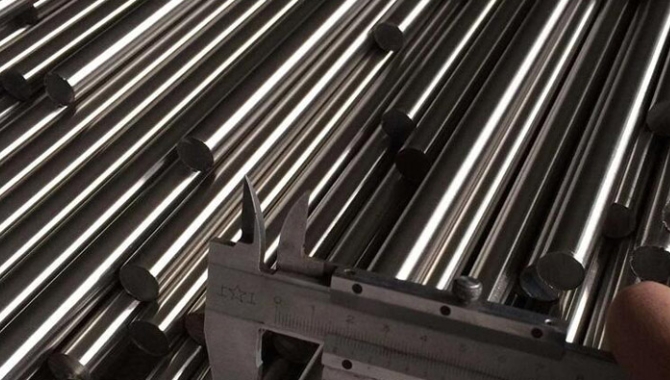
You’ll find 416 SS in different sizes and shapes to meet your varied industrial needs. Here is a quick look at its common forms:
- Pipe: Pipes are indispensable for operations that move fluids in less corrosive circumstances. Manufacturers make these pipes in many diameters and wall thicknesses. The standard sizes have a range of 1/8 -12 inches’ nominal pipe size. The extraordinary machinability of pipes, together with their adequate corrosion resistance, makes them popular in many industrial uses.
- Sheet: The rolling process produces 416 steel sheets that show outstanding machinability and normal corrosion resistance. These sheets are available in many sizes with standard thicknesses ranging from 0.4 to 6.35 mm and widths up to 1524 mm. Those fields that require exact machined parts commonly use these sheets.
- Bar: Machining commonly uses 416 steel bars that are available in square, round and hexagonal shapes. The bars normally measure 0.25 to 12 inches across and can be up to 20 feet long. They have great strength and resist wear well when tempered.
- Coil: Coils work perfectly for high-volume manufacturing of exact parts, thanks to the extraordinary machinability and formability of 416 stainless. Producers create these coils in different sizes from 0.01 to 0.25 inches thick and widths up to 48 inches. Customers can choose from different finishes such as BA and 2B.
What is 416 Stainless Steel Used for?

Due to its decent corrosion resistance and outstanding machinability, 416 SS finds its way into numerous industrial applications. Let’s explore some popular uses:
- Fasteners in machine components like screws, nuts and bolts benefit from 416’s decent strength and outstanding machinability.
- Gun barrels use 416 steel because of its ability to withstand high pressures and wear resistance.
- Dowel pins made from 416 gives accurate alignment in equipment assembly and machinery.
- Acorn nuts fabricated from 416 stainless comes up with functional and decorative fastening options in multiple industries.
- Aerospace and military specifications (AMS) mostly call for 416 steel in sensitive components because of its reliability.
- Flat bars of 416 steel are used in structural applications that require moderate corrosion resistance and good machinability.
- Knife makers like 416 steel for its ability to take a sharp edge and ease of shaping.
Advantages and Disadvantages
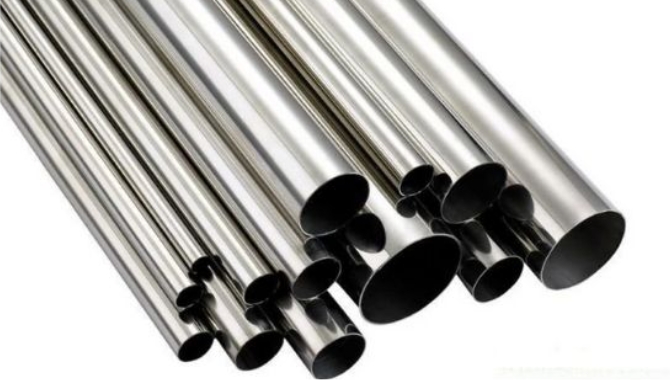
To make better decisions about using 416 steel in your projects, it is necessary to consider its pros and cons. First, let’s look at what makes it stand out:
Advantages
416 steel gives several key benefits such as:
- Outstanding Machinability: This steel gives precise and smooth manufacturing at a rate of 85% machinability as compared to free-machining carbon steel.
- Heat Treatability: Heat treatment can harden this steel and support customization of mechanical properties for particular uses.
- Magnetic Properties: Extraordinary magnetic properties of 416 steel proves it best for uses that need magnetic properties.
Disadvantages
Although 416 possess many advantages, you should also keep its limitations in mind:
- Reduced Corrosion Resistance: It has less corrosion protection if it is compared with austenitic grades. This renders it incompatible for chloride or marine conditions.
- Brittleness in Certain Conditions: Hardening increases brittleness in 416 stainless steel. This can cause cracking under high stress.
Comparison with Other Stainless Steel Grades
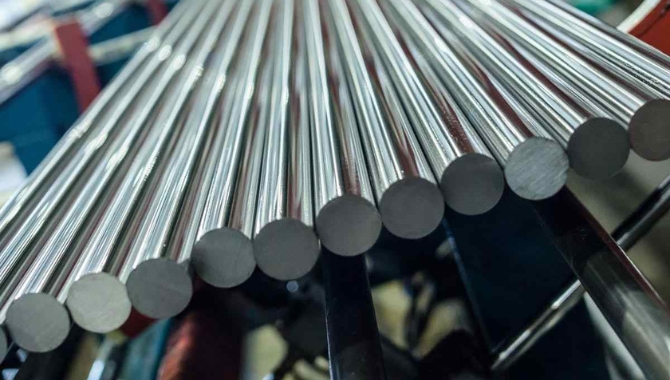
How does 416 stainless steel stack up against other common grades you might be considering? Let’s compare:
304 vs 416 Stainless Steel
The main differences between 416 and 304 are machinability and corrosion resistance. 416 is easy to machine but has less corrosion resistance as compared to 304. Another difference is their magnetic properties because 416 can be heat-treated and is magnetic while 304 lacks these traits.
316 vs 416 SS
Machinability and corrosion resistance also have big roles in telling apart 316 and 416 steels. In this case, 316 resists corrosion better but is harder to machine in contrast to 416. The molybdenum in makeup of 316 contributes to its better performance in tough environments.
410 SS vs 416 SS
Although 410 and 416 SS have the same ingredients, they differ in overall abilities particularly in sulfur content. 416 has more sulfur which increases its machinability. On the other hand, 410 outshines 416 in corrosion resistance and ability of welding.
Final Thoughts

In short, 416 stainless has good strength, decent corrosion resistance and extraordinary machinability. Its distinct properties prove it best for intricate parts in different fields such as aerospace and medical instrumentation.
For skilled fabrication with any type of stainless steel, you can contact KDM. Our expert team can make your projects come alive.
FAQ’s
What makes 416 stainless steel more machinable than other steel grades?
The high sulfur content (0.15 to 0.35%) in 416 produces manganese sulfide inclusions and this increase machinability. These inclusions increase chip breakages and reduce tool wear during machining work.
Can 416 stainless steel be used in marine environments or applications with high chloride exposure?
No, 416 SS does not work well with high chloride exposure or in marine circumstances. Its high sulfur reduces its resistance towards corrosion.




